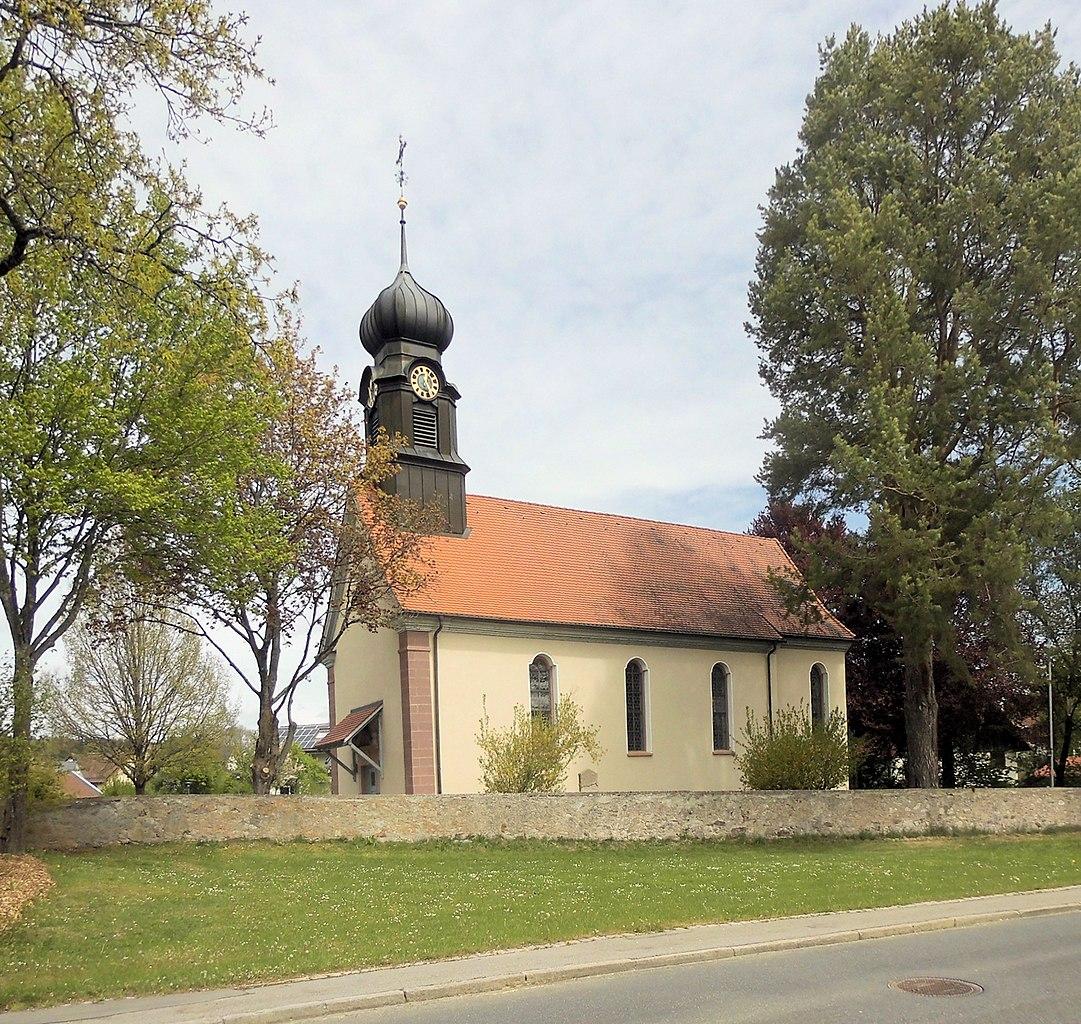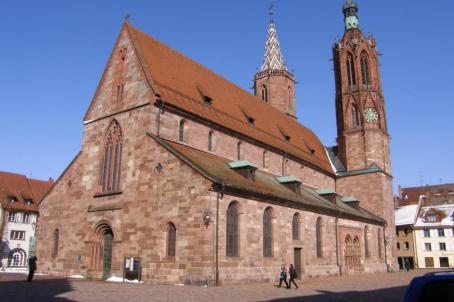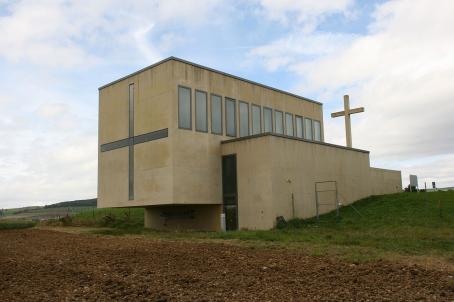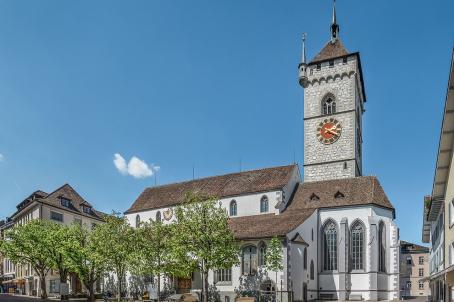St. Konrad Church
The parish of St. Konrad was first mentioned in a document in 1487. After the Thirty Years' War, the clergy of Villingen helped to restore pastoral care in Rietheim and donated liturgical material from the small church, which had been burnt down by Württemberg soldiers on 6th July 1633. In 1671 the church was renovated. In 1719, the Kirchdorf priest Jakob Diem had the present baroque choir built. In 1809-10 the sacristy was added. The church was extensively renovated in 1830-1833 and again in 1861-62. In 1873-74, the interior was renovated and the church received a high altar and pulpit in neo-Gothic style, as well as new pews.






